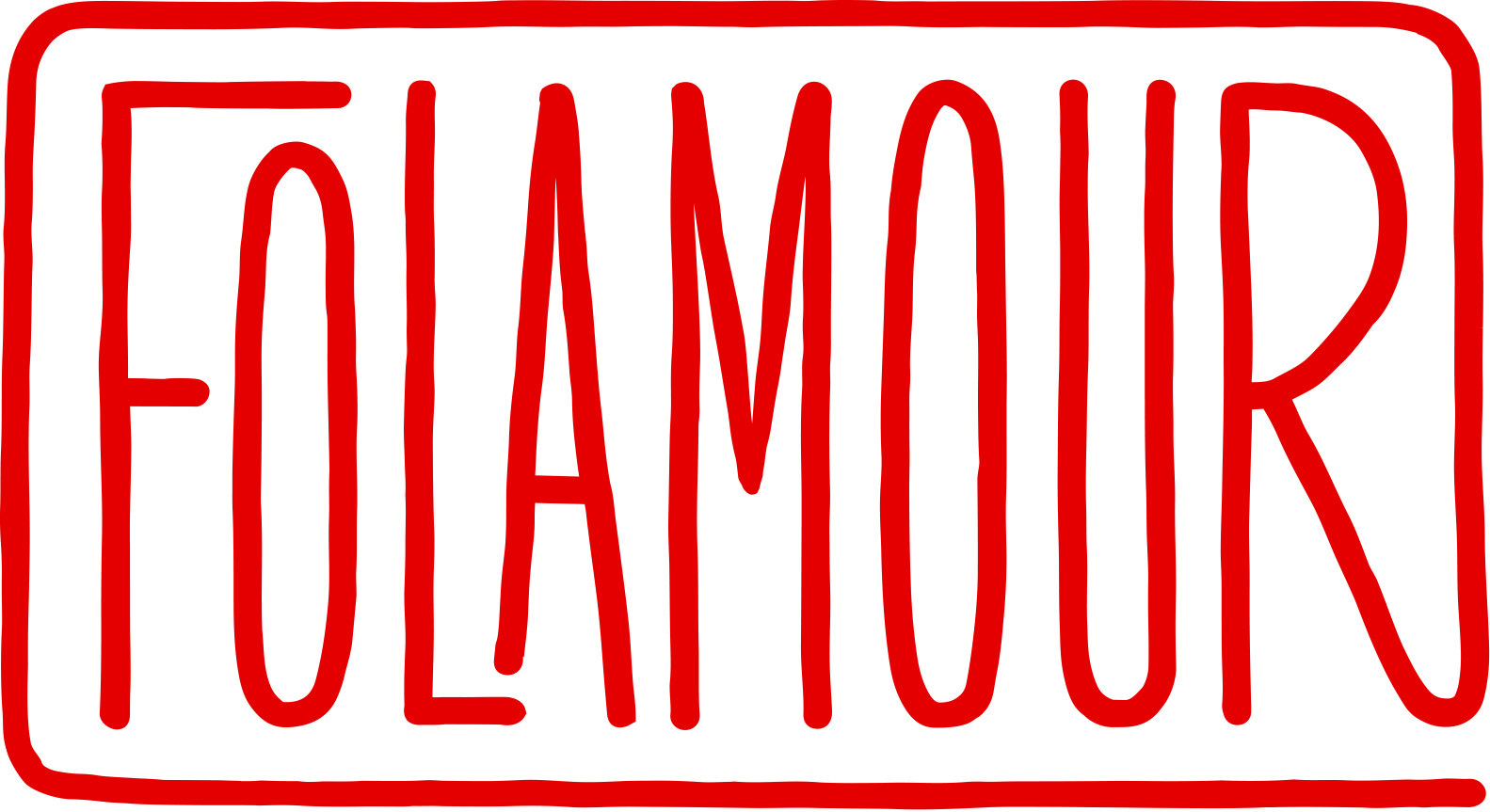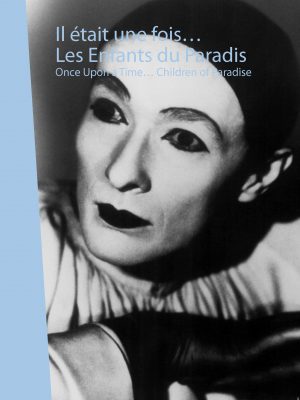ONCE UPON A TIME... CHILDREN OF PARADISE
| Director | Julie Bonan |
| Writers | Julie Bonan, Serge July and Marie Genin |
| Image | Thomas Bataille, Thomas Faverjon |
| Sound | Florent Ravalec |
| Editing | Raphaëlle Urtin, Martine Giordano |
| Length | 52 minutes |
| Format | Digital Beta 16/9 |
| Versions | French, English, international |
| Broadcasters | France 5, TCM, TSR, YLE, SBS |
| Copyright | Folamour-Ina-TCM-2009 |
Protagonists:
- Edward BARON TURK, historian
- Gérard FROMANGER, painter, close friend of Prévert’s
- Michel SOUVAIS, biographer, Arletty’s secretary
- Claude BRASSEUR, actor, son of Pierre Brasseur
- Jean-Roger BONTEMPS, lighting technician of the film
- Pascal ORY, historian of the Occupation
- Bertrand TAVERNIER, filmmaker
Portrait of a film. Marcel Carné’s Children of Paradise was released in 1945. Having filmed during the Occupation, Marcel Carné delayed editing so that it would be the first film screened at the Liberation. The film was declared “best French film of all time” by every jury. It is also a worldwide triumph.
Portrait of an era. The filming features a mix of film workers who are indifferent to the events of the time, resistance fighters, Jewish clandestine working under false names, and collaborators. Partially inspired by the life of Arletty, who will end up in prison for being the mistress of a German colonel, the film is, upon its release, a story of national reconciliation around the French spirit: artists are the tightrope walkers of history, and as such, they are always forgiven. The film is partially inspired by the life of Arletty whom, when the film is released, Arletty was in prison for being the mistress of a German colonel. At its release, the film is a national reconciliation around the French spirit: the artists are the tightrope walkers of the story, and as such, they are always pardoned.
Portrait of a filmmaker. For ten years, until they went their separate ways in 1947, Marcel Carné and Jacques Prévert invented a style of cinema: poetic realism. Children of Paradise marked its apogee.


 EN
EN FR
FR